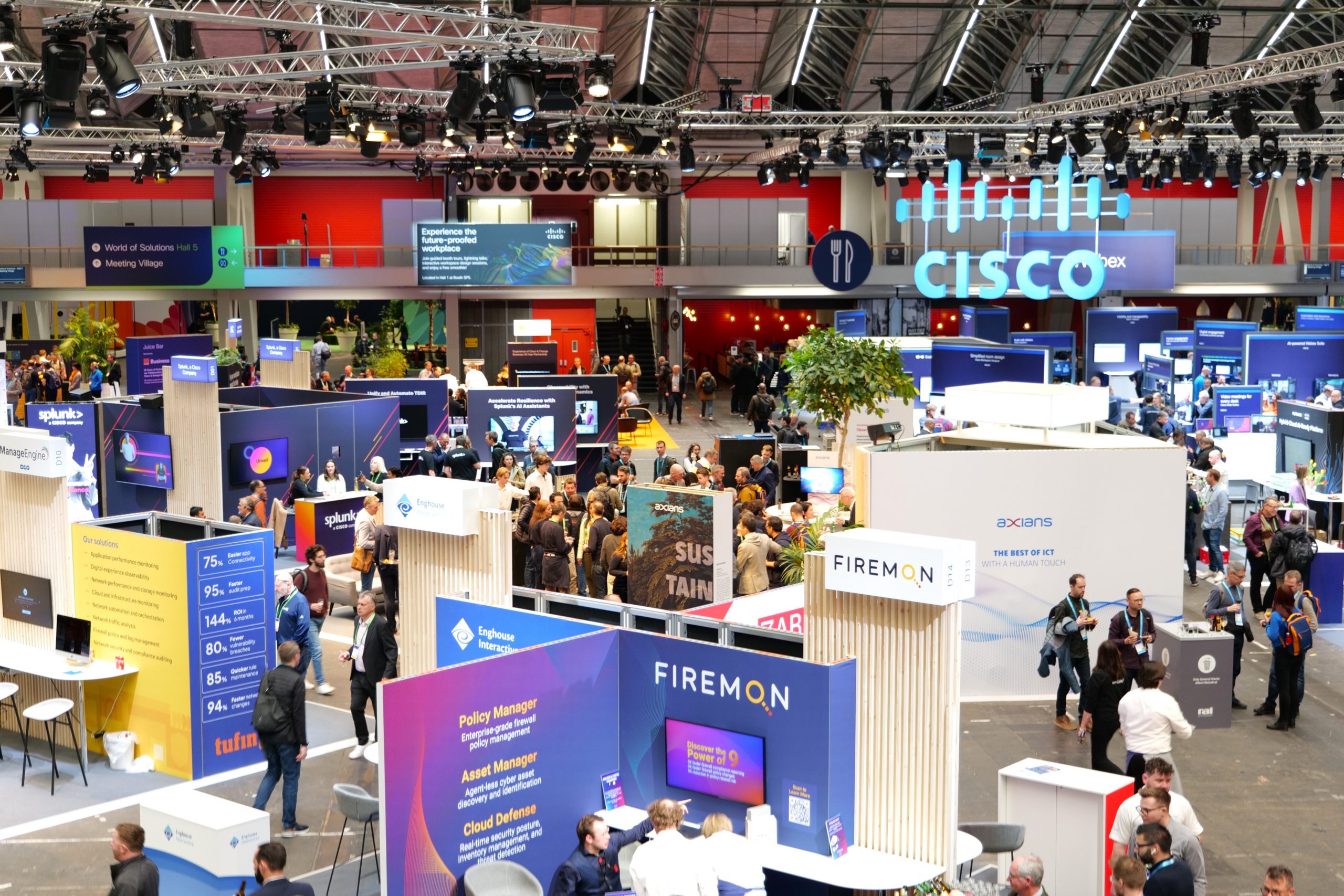Cyber threats aren't just becoming more frequent; they're getting smarter. Attackers use AI to refine phishing tactics, evade detection systems, and flood security teams with alerts, making distinguishing real threats from the noise harder. In this environment, relying on traditional defenses is no longer enough. Organizations need security solutions that don't just react but anticipate, detect, and neutralize threats in real time.
During Cisco Live 2025, Stéphane Ben Oliel, Head of Cybersecurity Solutions at Axians France, shared insights on emerging threats, the role of AI, and why Axians chose Cisco XDR. With 25 years of experience, he has spent the past year refining Axians’ Security Operations Center (SOC) strategy, identifying Cisco XDR as a key solution to enhance cybersecurity resilience.
How have cyber threats evolved in 2025?
Cyber threats have intensified, particularly in ransomware and identity-based attacks. However, the most significant evolution is the use of AI in cyberattacks. Threat actors now leverage AI for deepfake social engineering, automated phishing campaigns, and sophisticated evasion techniques.
To counter these threats, organizations are adopting more adaptive security frameworks such as Zero Trust Architecture and Cybersecurity Mesh. These strategies enable dynamic, real-time risk assessment and enhance resilience against AI-driven attacks.
How does Cisco XDR adapt to 2025’s cyber threats?
Cisco XDR strengthens security by expanding telemetry, collecting and analyzing data from diverse sources to improve threat detection. AI-driven filtering reduces false positives, cutting through alert fatigue so analysts can focus on real threats.
Additionally, Cisco XDR applies AI-driven threat intelligence, enriches security data dynamically, and automates incident response. By orchestrating key processes, it allows organizations to react faster and more effectively to evolving cyber threats.
Why did Axians choose Cisco XDR?
Our decision was based on two key factors: Cisco’s strong partnership with Axians and the openness of its XDR solution. Cisco XDR integrates seamlessly with third-party security tools via APIs, allowing for customized, scalable security deployments.
The platform also leverages Cisco Talos’ global threat intelligence, which enhances automated threat detection and response. Furthermore, its playbook-driven automation enables proactive security actions, aligning with Axians’ mission to deliver adaptable, business-centric cybersecurity solutions.
What role does AI play in XDR?
AI is fundamental to Cisco XDR, helping address the global shortage of skilled cybersecurity professionals. It automates event analysis, filters out irrelevant data, and prioritizes real threats.
For example, during a major event, we processed 88 billion security events but narrowed them down to just a thousand critical alerts using AI. This drastically improves SOC efficiency, ensuring analysts focus on genuine threats rather than being overwhelmed by noise.
Moreover, as cybercriminals increasingly use AI to enhance their attacks, leveraging AI-powered defenses is no longer optional—it’s essential for staying ahead of evolving threats.
What are Axians’ long-term cybersecurity goals?
Axians is committed to being a trusted partner throughout the entire cybersecurity lifecycle—from risk analysis and protection to testing and cyber defense.
As cybersecurity becomes more complex, organizations struggle with fragmented security tools. Cisco XDR helps simplify and consolidate security operations, reducing complexity while increasing efficiency. By integrating AI-driven automation and leveraging Cisco’s extensive security ecosystem, we provide a cost-effective, scalable security strategy tailored to industries like healthcare, manufacturing, and critical infrastructure.
Our goal is not just to adopt the latest security technologies but to ensure that our clients have the most effective solutions to reduce business risk. With Cisco XDR and Axians’ expertise, we deliver a strong, adaptive defense against the ever-evolving cyber threat landscape.





































